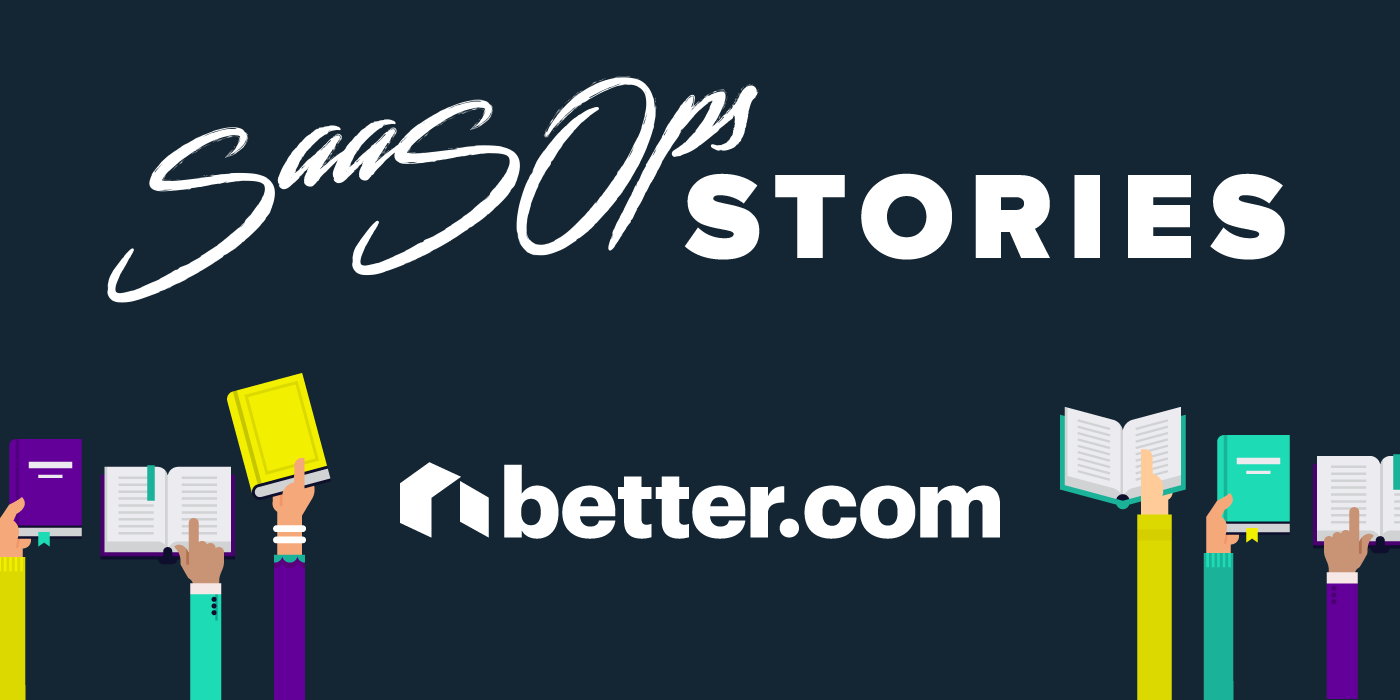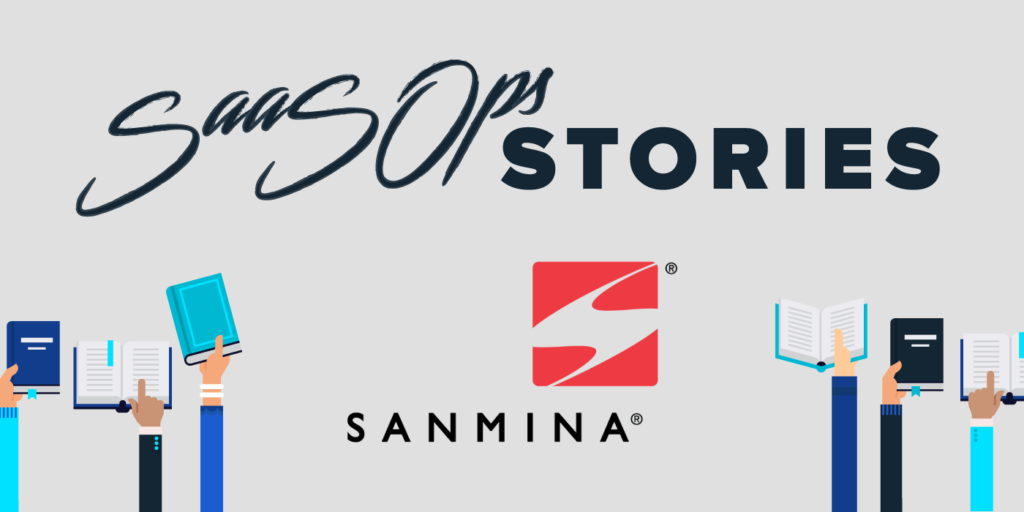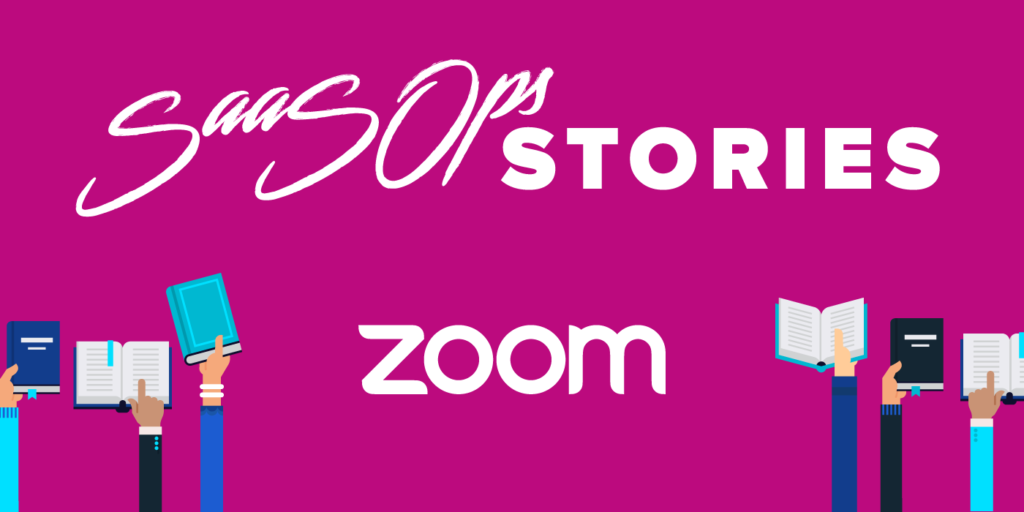SaaSOps Stories With Rose Oshaia, Global Head of IT at Better
November 20, 2020
5 minute read

Rose Oshaia is the Global Head of IT at Better, which has quickly become a leader in the home lending space. Currently it finances over $2 billion in home mortgages every month and has raised $250 million in funding from well-known firms such as Kleiner Perkins and Goldman Sachs, to name a few.
Our Chief Customer Officer Rachel Orston sat down with Oshaia to discuss her thoughts on IT leadership, her path to becoming an IT leader, and the lessons she’s learned along the way.
Editor’s note: This conversation has been edited lightly for clarity.
To start off, tell me a little bit about your role today at Better and what you’re responsible for in that position.
I’m the current global head of IT at Better. Our SaaS, infrastructure, and customer support are all under my purview. I don’t do anything that’s borrower-facing, so my primary concern is everybody at Better. My job is to make sure that other people can do their jobs.
I love that. When did that become something that you felt was paramount in being an IT leader? When did you learn that that was core to being your mission?
When I got into IT, I was very scared. As a woman in IT, it’s often challenging to be heard, especially when it comes to the procedural aspects of the job. What I really needed my peers to understand in almost every interaction was, “This is what’s required, and this is something that the customers need.” I always put myself in someone else’s shoes when I think about the job, even during a difficult conversation with peers, which has made me super mindful of the fact that someone else’s productivity depends on how well I do my job.
Because I grew up in a different country and watched my parents struggle with communication, I understand that communication isn’t about what you say, but how you’re hearing what’s being said to you.
Eventually I realized that users had an easier time talking to me because they didn’t feel silly when they didn’t know how to do something. Even though I was a trusted resource for a lot of people, I didn’t consider myself a leader until someone told me that I was a leader. When I think about it, a lot of my leadership happens in the background. I don’t normally do interviews or talks. For a long time I wanted nothing to do with any of that.
But over a year ago, some of the younger ladies that I know in technology called me out. They said, “You’re out there, you have this position, and you need to represent women—but you’re doing nothing.” And as someone who prioritizes helping others, I felt really bad that I wasn’t doing more in that regard.
When you think about what you’ve shared with us, how have you been able to bring some of these principles to the team at Better?
That’s an interesting question because there are a lot of millennials on my team and my generation tends to look down on them a bit. But I think they are actually a breath of fresh air. They want to try new things and they want to listen to ideas that aren’t typical for people with their experience level or upbringing. When I joined the team at Better, the team was small and the first thing I said to them was, “I operate from a place of trust and respect.”
I think people thought I was full of it at first. If a new leader comes to you and says they need you to operate from a specific place, those folks probably think it sounds like a lot of fluff. But when you’re actually practicing that, people start to notice and they want you to show them how to do things.
So from a cultural perspective, I feel like Better is probably the most diverse place I’ve ever worked—and as a leader, I need that. I need to hear people who don’t think like me. Because at the end of the day, people from different genders and identities, for example, make up the really awesome team that we’re building here at Better.
Do you think those voices have been amplified more in the last six months? How is the increased diversity on the team shaping your strategic priorities, especially when it comes to supporting the company?
The unique voices on the team have definitely been amplified; all we’re left with is this type of communication, where you and I are sitting on a video call. As a result, we’ve made our casual interactions a strategic priority.
When you think about it, we’re actually working more now in this pandemic than we would when we were in the office. When you’re in the office, there are pockets of time when you can relax a bit. Now it’s just one thing after the other. So as leaders, we need to be mindful of how we’re getting our team to take some time off and make sure they know they can talk to us whenever they need to.
So last week, my IT manager created a Zoom room for the team to drop in and out of. We just chit chatted about mostly nothing. The team got to know that I knew a little bit about rap music. It was really interesting at the end of the day to see how they saw me in a meeting that didn’t have anything to do with work.
And that’s the kind of thing I think is really affecting people. You just need to do something else, even if you like your job. I have people who like to go biking or running, so I encourage folks to do whatever it is that helps them relax. We’ve been doing some AMAs with my boss, which have been particularly important because we’ve hired so many people that we haven’t met in person. We also have the team in India where travel is restricted, so it’s important to get to know them through these conversations.
It sounds like you’ve really taken a number of different approaches to adapting to this new situation. How has all of this caused you to re-imagine what success and innovation could look like over the next year? How do you envision success for your team now?
So success for me would be to scale as the company grows, to have work that is scalable, and to have processes that are scalable so that the team isn’t stressed. Also, I want to ensure that we’re providing the best customer experience for our end users. At the end of the day, what it boils down to is your customer experience. What is your CSAT score? Whatever we’re producing here as a team is going to make our customers’ lives easier.
For us to have a partner like BetterCloud to help us to create these automated processes has been great. At this point, we’re really looking to make sure that we can scale easily and not be the bottleneck.
That’s always in the back of my mind. I never want IT to be the bottleneck for work getting done or for people being productive.
I love that. I’m going to squeeze in one more question. What is the one thing that you can’t wait to get back to when we’re through the pandemic?
There are so many things, but I’m a hugger and this has made me realize that the only people I hug anymore are in my family. It would be nice to see my team and tell them they’ve done a great job by giving them a big hug or a high five. I also miss being able to sit down and share a meal or a cup of coffee while we brainstorm as a team. I never knew that I would miss them because you just do them all the time, so I’ve realized how much we take things like that for granted.
Want more insights from other IT leaders on navigating the new normal? Check out Orston’s previous conversation with Lester Chan, Head of Enterprise Security at Zoom.
Have a story you’d like to share with us? Send us an email here.






